Life on Marsh? Yes, there is! But let’s call it life in Oak Hammock Marsh, that will be closer to the truth. And a lot easier to defend too.
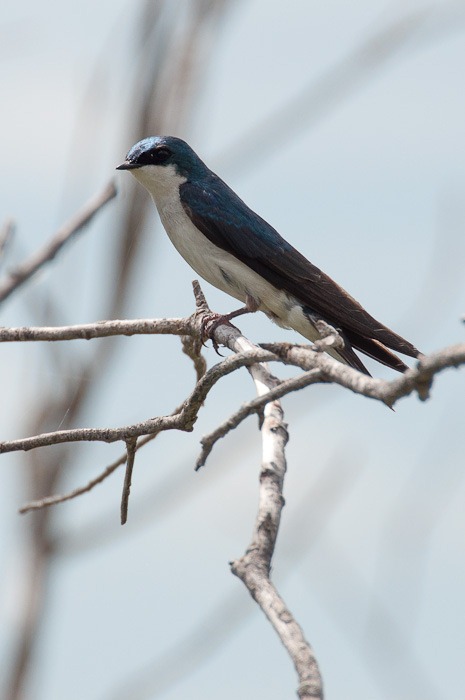
Recently I tried to get some close-ups of birds in the marsh. I got up early against my sleepy will and headed out to Oak Hammock.
Getting up early is not my favourite occupation, but if I have to, I’ll also try to make the best of it. So I drove 20km north of Winnipeg through a thick fog. Now I know that it is against the law to make a phone call or text when you’re driving, but nothing is said about taking a picture.
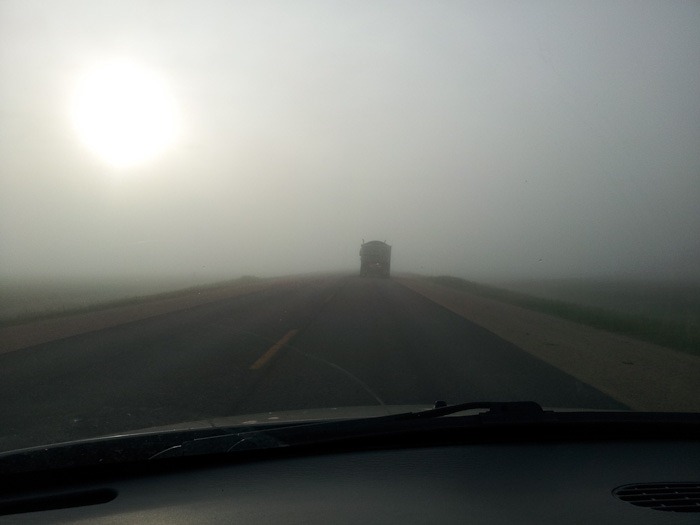 Foggy morning
Foggy morning
So I was following this truck, made sure nobody else was around, took the picture and that was it. This is a picture of my camera phone or phone camera. It gives you an idea of what the weather was like. As you can see, it was already after sunrise.
 American Avocet
American Avocet
When I arrived at Oak Hammock Marsh, the fog was not there yet. The first bird I encountered was this American Avocet, wading through the water, searching for food. In a way the incoming mist enhanced its soft colours.
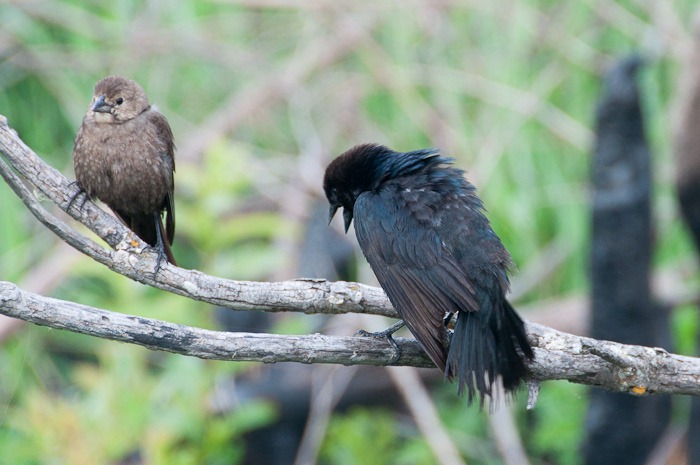 Brown Headed Cowbirds
Brown Headed Cowbirds
After a while I went back to the car and stumbled upon a marriage proposal. Or at least a one night stand. These two Brown Headed Cowbirds soon afterwards left the scene together. I have many more pictures of that morning, but these two were my favourites.
But something was missing here. I wanted to get a little closer than this. Too often, the birds flew away before I could get a decent shot. So I went to the camera shop, traded in my trusty 18-200mm for a 28-300mm full frame. That way I could avoid the possible fringing of the lens and use only the sharpest part of the image on my camera.
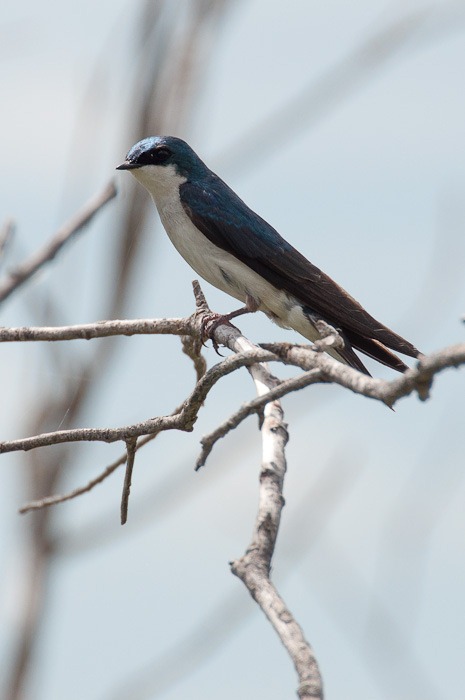 Tree Swallow
Tree Swallow
So, I went back to Oak Hammock Marsh armed with my new gun. The first victim was this Tree Swallow, catering to a nest box not far away. But the first reaction was not to fly away. Already good.
But then something strange happened.
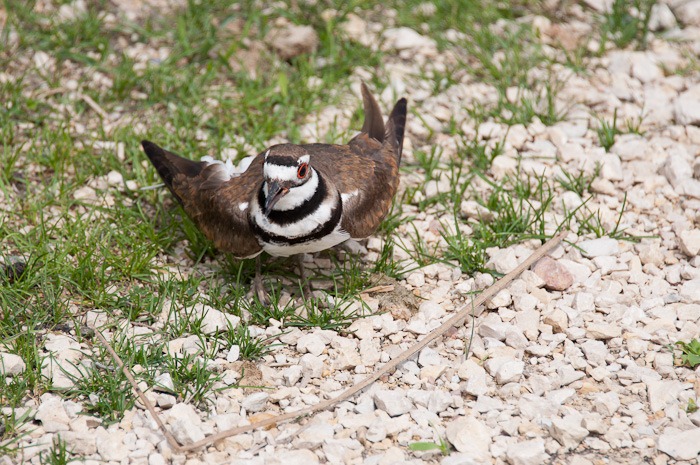 Killdeer
Killdeer
I came across this Killdeer (it’s not a bird that kills deer!) and it didn’t want to fly away. Instead it was making the loudest noises, ran in front of me and across the path. Interesting indeed. Until I noticed about two metres away on my right the following:
 The nest
The nest
Now that was definitely worth trying to get my attention for. As soon as I grabbed this picture of the nest, I left the scene, as not to disturb this little bird more than necessary. If you disturb them too much, they will leave the nest and the eggs. That would be a pity.
For a while there were no more birds in view, after all I was here during the “heat” of the afternoon. There were more insects than birds around, including mosquitoes. And I’m not going to do them the honour of shooting them!
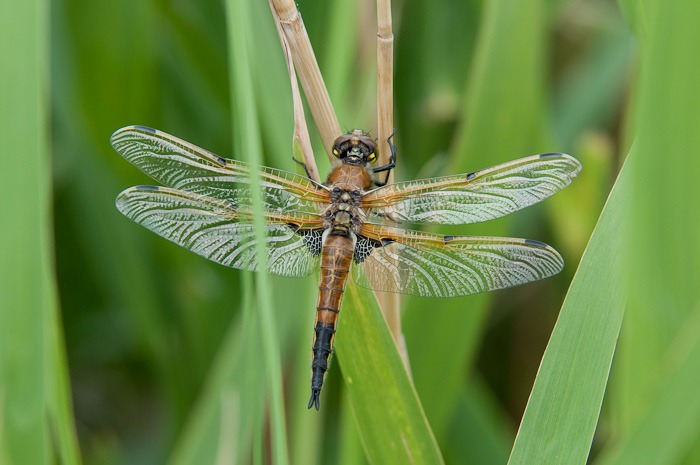 Four Spotted Skimmer
Four Spotted Skimmer
On the other hand, this Four Spotted Skimmer can have all the honour. Its primary food is… mosquitoes. Bravo little dragonfly!
For a while I was followed and surrounded by some black looking butterflies. The were not in the mood for photography, though. Until one of them landed close enough for me to shoot it without getting my feet wet.
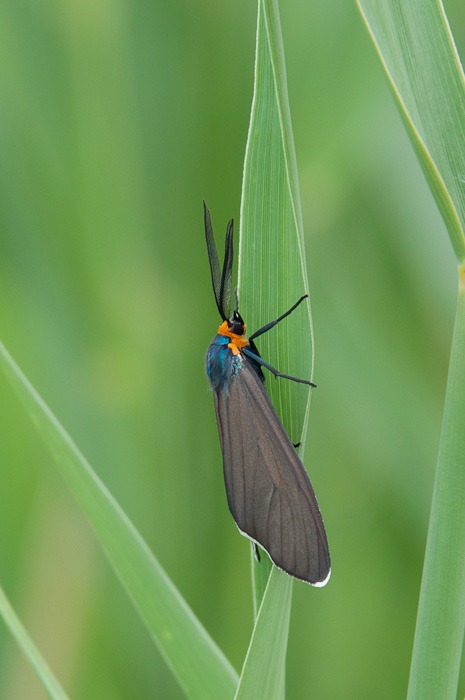 Virginia Ctenucha
Virginia Ctenucha
This Virginia Ctenucha is a colourful moth, not a butterfly. But the striking black wings and the colourful body made for a decent shot. I couldn’t get a complete shot without a booter, so I passed. I’ll get another one, later…
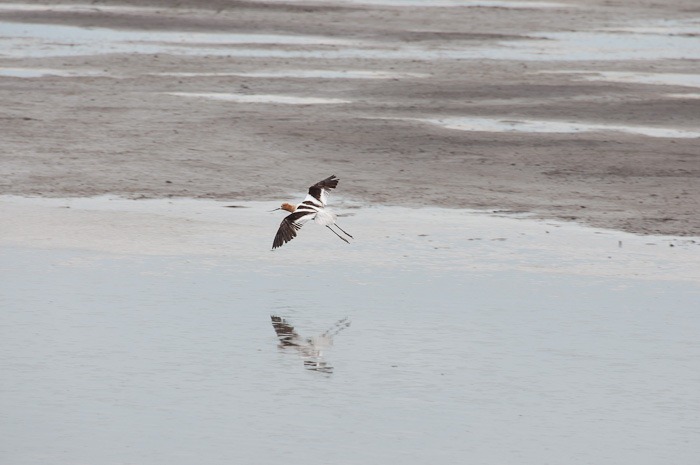 American Avocet
American Avocet
When you have lots of birds to shoot, there are also lots of possibilities to shoot them: sleeping, walking, wading, feeding and flying. I tried to practice a little before with pelicans, way bigger and more predictable in flight, so this one was the next step. This American Avocet was landing a few metres further, so I had a pretty good idea of where to shoot it.
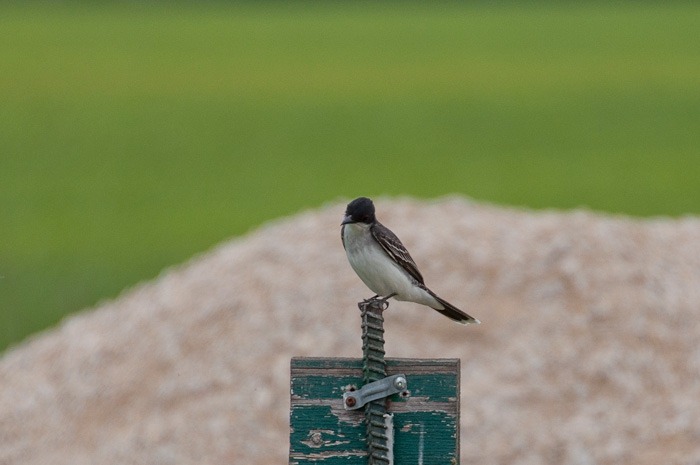 Eastern Kingbird
Eastern Kingbird
Then it was time to return to the car, some nasty looking clouds showed up. Not nasty enough to pass on shooting of this little Eastern Kingbird, though. Flying fast and with lots of changes in direction, I thought it was better to catch it sitting.
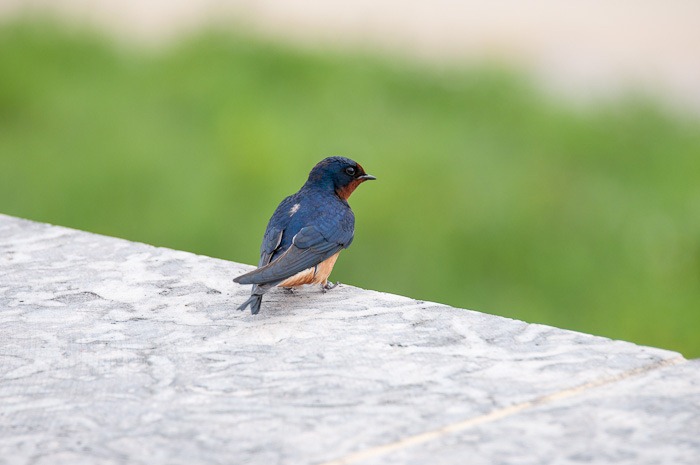 Barn Swallow
Barn Swallow
Lastly, near the interpretive center, eh, on the interpretive centre, there are a few Swallow nests. High up against the rafters, they feed the young, still too small to look over the edge of the nest. This little Barn Swallow let me get quite close before taking off.
And pointing a 300mm lens at it from a few metres away makes for good shots. My lens may be a Nikkor, but a Nike zoom also works great. For as long as the birds don’t take off before you can even see them.
Until next time…
